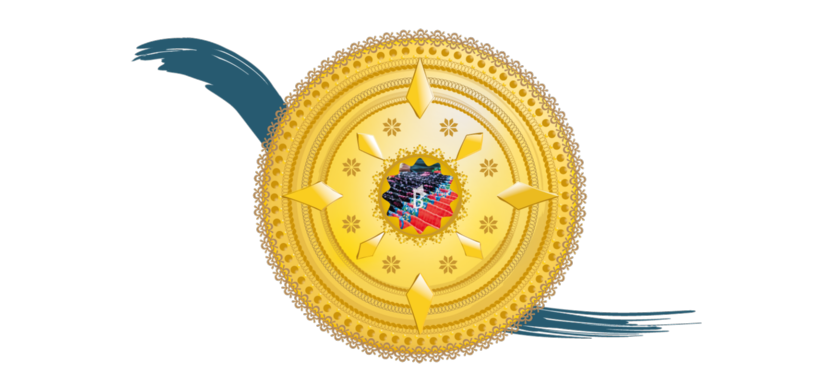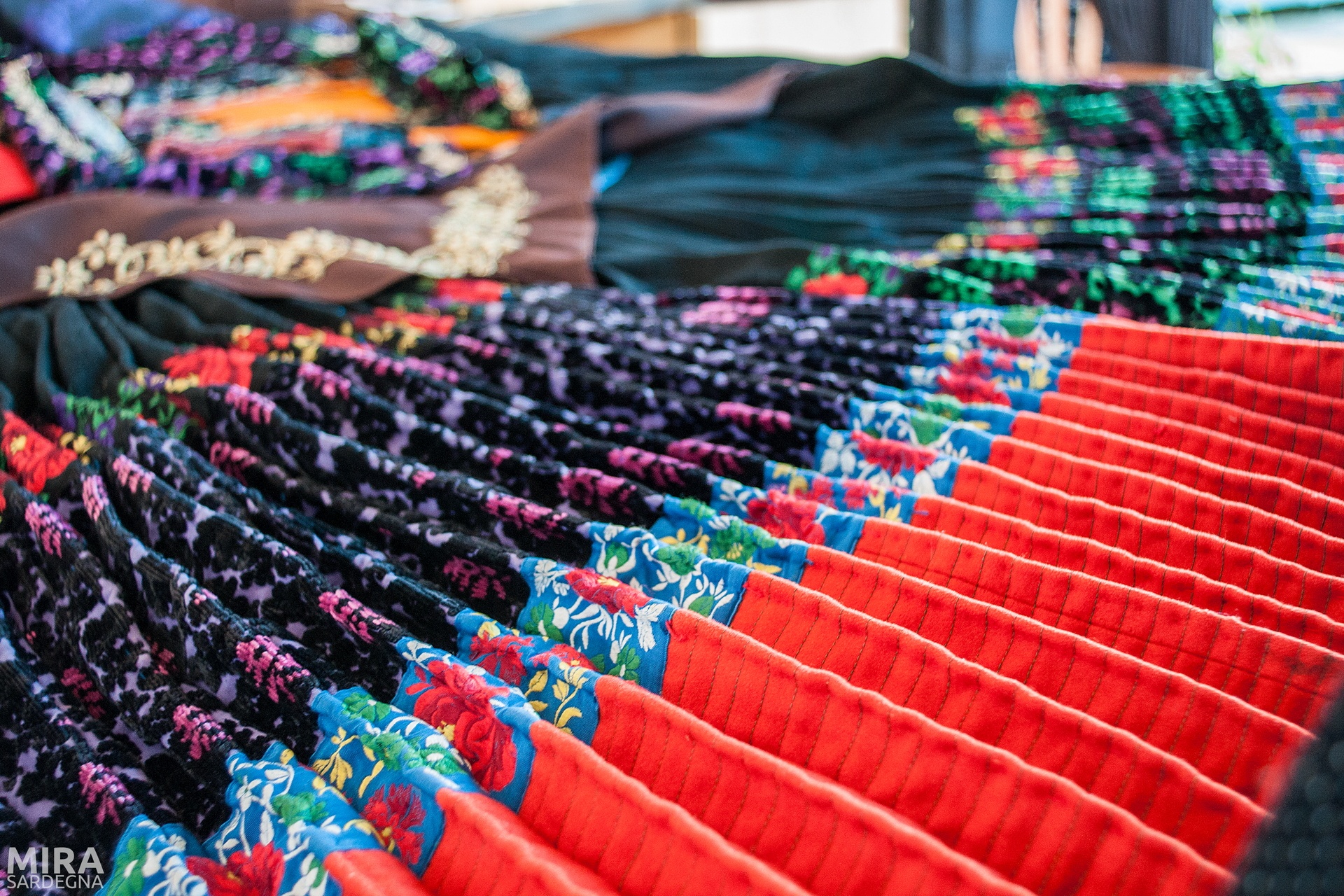The enormous wealth of the territory of Lula attracted, ancient civilizations since prehistory of which are kept many testimonies. Its luxuriant forests have hypothesized that the sardinian toponym Luvula/Lugula, derives from the term of Etruscan origin “lucus” i.e. “sacred forest”.
To the Neolithic date back the extraordinary domus de janas, burials called locally “concheddas”, some of which were excavated in the rock near the mine of Sos Enattos and probably already used by the protosardi. In the same period date back at Mont’Albo the wonderful caves, adapted to religious and funerary use, such as that of Sos Omines agrestes , while in the nuraghic period were erected inaccessible towers on rough ridges, the giants tombs and charming villages.
The passage of Romans is documented by several discoveries that show the encounter with the local culture, as in the site of Punta Su Casteddu, and the exploitation of the mines of Sos Enattos and Guzzurra. According to some sources, the slaves were condemned to the extraction of metals (metalla) between which there would have been a colony of Hebrews, which is still present in the eleventh century A.D.
The origin of the town dates back to the medieval age when the village belonged to the Giudicato di Gallura and was included in the “curatoria” di Galtelli.
In 1143 the bishop of Galtelli, Bernardo sold to the rectors, prosecutors, and laborers of Santa Maria di Pisa, Guido and Mauro, the donnicalia (territory with houses and servants) of Santa Maria Lugula. This was among the first of many concessions added to the control of Pisa on the giudicato of Gallura. With the marriage, in 1206, between the giudicessa Elena de Lacon and the pisano Lamberto Visconti began the dynasty that in 1300 led to direct dominion of the maritime city on the giudicato and the clash with the crown of Aragon (which had then obtained the Kingdom of Sardinia and Corsica from the Pope).
Thus during the XVI century the court of Lugula, after the victory of the Aragonese and the division of the Gallura, was granted to the fief of the Torrents. It was a very difficult century for the populations that, in addition to the ruins brought by the war, faced the plague that invaded Europe. Many neighboring villages disappeared in those years, and their populations moved to a more healthy site where is located the today's Lula: this was the fate of the small town of Duascor in surroundings of the church of San Nicola, approximately 2 km away from the town.
To liberate the island from Iberian invaders and unify all the territories the judge of Arborea Mariano IV undertook a war against the Spanish kings. Thus in the second half of the century the town was annexed to the Giudicato of Arborea until the final defeat of the Sardinians in the XV century . The village fell into the hands of various feudal lords detested by the people who tried several times to rebel. To combat the injustices of baronial administrators many inhabitants gave up the territory that became a refuge for many bandits. With the extinction of the last lordship, that of the Manca in 1788, the village was not subjected to other feudal lords.
In the nineteenth century, the industrial production of the mines of Sos Enattos, Guzzurra, and Arghentaria influenced the development and culture of the town. Here the first strikes of sardinian miners in 1896 began. The activity has ceased permanently in the Nineties of the Twentieth Century, and the sites became object of works for recovery and enhancement. By 2001 the mines of Lula became part of the Parco Geominerario della Sardegna, recognized by UNESCO for the great historical value, cultural and naturalistic.
Framed by two twin peaks of Punta Catirina and Turuddò, high both 1127 meters, the town of Lula develops in an area of great natural beauty at the foot of the giant limestone Mont’Albo.
The massif was declared site of interest to the Community by the European Union for the numerous endemic plants and fauna. Immersed in nature almost pristine live different animal species: the zones of the Mont’Albo, the mouflon, the wild cat, the marten, the raven, the chough and golden eagle.
The rugged surfaces of the complex dolomitic limestone preserve a rich vegetation which represents about a third of the sardinian flora: between the Mediterranean shrub, the holm-oak woods and yew, olives, the junipers, and lentils of the cypress peep the delicate flowers of the raven, however, the limonium and many endemic species such as the Peverina of the Supramonte grow exclusively on the limestone’s in the eastern center of Sardinia.
All the relief is characterized by impressive gorges and caves that make it the ideal place for sport climbing and lovers speleologist. The erosion of the limestone from the rains has created spectacular karst phenomena such as cute plateaux, where you can meet some ancient sheepfold as su Coile in the clearing of Sa de Mussinu. The absorbed water depth to underground give life to courses that run in some spectacular caves among the which may include the impressive vertical chasms Tumba de Nurai and Sos Nidos.
A large part of the municipal territory is covered by hills, on which is practiced agriculture and livestock, interrupted by the great plains to the south-east formed by the river Isalle, wherein, hidden among the vegetation, there are the nuraghi Puzzittu and Colovros.
Not far from the town are the mines of S’Arghentaria and Guzzurra, to the north, and Sos Enattos south-west, already used by the Romans for the extraction of silver and the galena. These fascinating sites of industrial archeology are inserted in a landscape of great beauty and are part of the Parco Geominerario, storico e ambientale della Sardegna, recognized by UNESCO. In addition to visiting the remains of nineteenth century mining villages local guides accompany the visitor to the discovery of evocative paths along the underground tunnels.
Embedded in a landscape of extraordinary beauty, the archaeological treasures of Lula retread the fundamental stages of the history of Sardinia.
Some of the prehistoric sites are more fascinatingly encountered in Mont’Albo: wonderful caves, adapted for religious and funerary use, that of Sos Omines Agrestes and Conca de Crapas but also extraordinary domus de janas, called locally “concheddas”. A particularly interesting example is located at the foot of the mountain: Sa Conchedda de Su Priteru is carved into limestone rock with iron vain which gives it a characteristic pink color.
In the reliefs are also met inaccessible nuragic towers such as that of Su Casteddu built on a hill at 622 m above sea level, with limestone ashlars.
Within walking distance from the village, in the locality of Pretichinosu is a nuraghe that belongs to the type called “corridor” dating back from the previous period to the Bronze age. In the plains of the south are the imposing nuraghe Colovros surrounded by walls with four inserted towers. There are also numerous coeval villages and giants’ tombs.
The archaeological heritage of Lula boasts important sites of industrial archeology to the exploitation of the mines of Sos Enattos, S’Arghentaria and Guzzurra declared world heritage by UNESCO and included in the Parco Geominerario della Sardegna. The proposed pathways allow you to visit the nineteenth century mining villages and also in the mines of Sos Enattos you will be able to access the galleries of the Nineteenth Century and wander around in a fascinating underground tourist route.
In the historical town is the parish church of Santa Maria Maggiore, built in the XV century, it keeps a large table painted in the Sixteenth Century (Assunta and apostles to the Tomb) and a wooden statue of the XVII century (Resurrection).
Just 2 km to the south of the town is the famous rustic sanctuary called “Santu Frantziscu de Luvula”, named for San Francesco d'Assisi, of whom wrote the Nobel prize winning Grazia Deledda. The church was built between the end of the Sixteenth Century and 1604 in baroque style, and according to tradition, was built by a Nuorese bandit for grace received. The feast which is celebrated every year in May and October, attracts many pilgrims especially from the town of Nuoro who travel by night, about 30 km walking to get in the morning at the sanctuary. Here they offer the characteristic bowl of soup with su Filindeu, a special paste produced for the occasion made of a thin threads arranged in layers and allowed to dry then cooked in broth of sheep and cheese.
Another very significant celebration is the one that takes place the first sunday of september in the rustic sanctuary of Nostra Sennora de su Meraculu (Our Lady of the Miracle), built by lulesi in 1899. In addition to the religious festivities the country has been able to preserve some of their ancient traditions. They belong to archaic pagan rites, the Lulese carnival: on Battileddu, sos Battileddos Gattias and sos Battileddos Massajos. The first is the sacrificial victim of whom is staged the death that will lead to rebirth.



